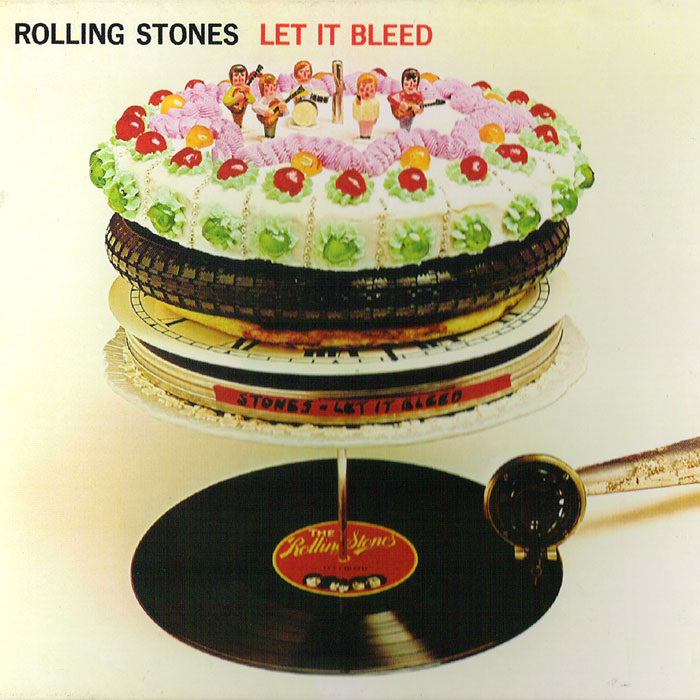The Sydney Morning Herald asks in tomorrow’s edition (today? they’re 16 hours ahead of us), is it safe to reheat leftovers?
 The story is not particularly incisive, but does cite Lydia Buchtmann from Food Standards Australia New Zealand as saying,
The story is not particularly incisive, but does cite Lydia Buchtmann from Food Standards Australia New Zealand as saying,
If there’s a lot of leftover food to put away — or you’re cooking in advance — it’s best to divide it into small portions to cool rather than putting large quantities of soup or a casserole into one big container. The idea is to speed up the cooling process so that bacteria have less chance to grow. This is also important with pasta and rice – foods that might seem less dodgy than others but which can harbour the sneaky Bacillus cereus that can produce a toxin, especially in foods that are cooled slowly. Because this toxin is heat-resistant, it’s not destroyed by reheating.
Buchtmann also says when reheating, they should be served really hot all the way through (at least 75 degrees C, or 167 F).
This question came up in our cooking with a microwave piece, and I’ve been tardy with the response. So here’s what we got:
A chicken fillet that has been precooked to 165º / 74ºC and then cooled in a federally-inspected plant, and where the cold chain temperature is maintained at or below 28.5°F / -2°C, will have a negligible internal pathogen risk. The US Food & Drug Administration (FDA) has recognized that precooked products from a federally inspected plant present a reduced risk. Because of the reduced risk, the FDA permits a wide-reaching exemption for the reheating of precooked foods sourced from these facilities, allowing them to be reheated to 135ºF / 57ºC (FDA, 2003). After finding no scientific basis for its regulations, the FDA reduced the reheat temperature of precooked foods sourced from federally inspected plants from 140ºF / 60ºC to 135ºF / 57ºC in 2003.
The required reheating of precooked foods to their original cooking temperature introduces the assumption that there is a significant risk of internal contamination of the food product and subsequent pathogen growth between the cooking step at the federally-inspected processing facility and the reheating of the product at the restaurant. This assumption is made despite risk-reduction protocols in place to guard against post-cooking contamination.
Surface contamination of the precooked product is more likely than internal contamination. Reheating precooked foods to 127ºF/53°C will eliminate any potential surface contamination. Heating the product to higher temperatures will not increase this protection step. However, this presents the assumption that precooked products that will be reheated and served hot are inherently more of a food safety risk than precooked products which are served chilled; there is no evidence to support this assumption.
 In most cases, scientific rationale behind the many differing North American food safety regulations is not evident.
In most cases, scientific rationale behind the many differing North American food safety regulations is not evident.
References
Angelotti, R, Foter, MJ, and Lewis, KH. (1961). Time-temperature effects on Salmonellae and Staphylococci in Foods. I. Behavior in refrigerated foods. II. Behavior at warm holding temperatures. Am J. Pub. Health 51: 3.
Doyle, MP and Roman, DJ. (1981). Growth and survival of Campylobacter fetus subsp. jejuni as a function of temperature and pH. J. Food Protect. 44(8):596-601.
Forsythe, S. J. (2002). The microbiological risk assessment of Food.
Blackwell Publishing.
Haines, RJ. (2004) Report of the meat regulatory and inspection review; Farm to Fork A strategy for meat safety in Ontario. Ontario Ministry of the Attorney General Queen’s Printer for Ontario
Halpin-Dohnalek, MI and Marth, EH. (1989). Staphylococcus aureus: Production of extracellular compounds and behavior in foods – A review. J. Food Protect. 52(4):267.
Hudson, JA, Mott, SJ, and Penney, N. (1994). Growth of Listeria monocytogenes, Aeromonas hydrophila, Yersinia enterocolitica on vacuum and saturated carbon dioxide controlled atmosphere-packaged sliced roast beef. J. Food Protect. 57(3):204-208.
Johnson, KM, Nelson, CL, and Busta, FF. (1983). Influence of temperature on germination and growth of spores of emetic and diarrheal strains of Bacillus cereus in a growth medium and in rice. J. Food Sci. 48:286
Labbe, R. (1989). Clostridium perfringens. In Foodborne Bacterial Pathogens. Doyle, M.P., ed. Marcel Dekker, Inc. New York, NY.
Lovett, J. (1989). Listeria monocytogenes. In Foodborne Bacterial Pathogens. Doyle, M.P., ed. Marcel Dekker, Inc. New York, NY
Lovett, J, Bradshaw, JG, and Peeler, JT. (1982). Thermal inactivation of Yersinia enterocolitica in milk. Appl. Environ. Microbiol. 44:517-519.
Matches, JR. and Liston, J. (1968). Low temperature growth of Salmonella. J. Food Sci. 33:641.
Shoemaker, SP and Pierson, MD (1976). "Phoenix Phenomenon" in the growth of Clostridium perfringens. Appl. Microbiol. 32(6):803-807.
U.S..Food & Drug Administration. (2003). Food Code Directive 3-403.11 (C) Reheating for Hold Holding.
U.S. Food & Drug Administration Center for Food Safety & Applied Nutrition (2001)
Fish And Fisheries Products Hazards And Controls Guidance: Third Edition
van Netten, P, van de Moosdijk, A, van Hoensel, P, Mossel, DAA, and Perales, I. (1990). Psychrotrophic strains of Bacillus cereus producing enterotoxin. J. Appl. Microbiol. 69:73-79.
